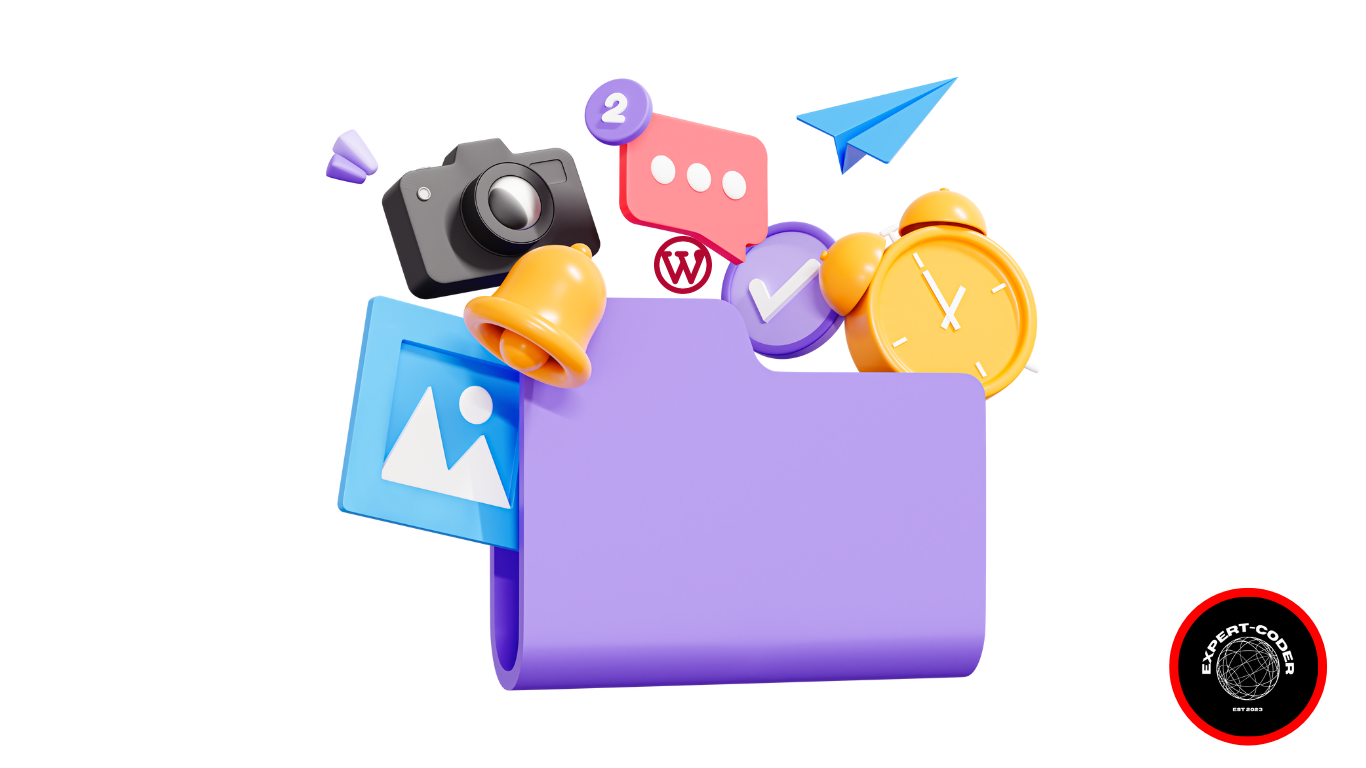Expert-Coder’s Guide to Effortless Website Design and Development
In the realm of website design and development, optimizing images is a crucial facet that significantly impacts both site speed and SEO performance. In this SEO-friendly article, we’ll explore the art of optimizing images for WordPress, with a focus on “website design and development.”
Website Design and Development: Maximizing Performance and SEO Efficiency
Before we dive into image optimization, it’s essential to recognize that website design and development play a pivotal role in creating a high-performing and SEO-friendly website. These encompass various key components:
- User Experience Enhancement: Crafting user-friendly layouts, ensuring swift loading times, and structuring content effectively.
- SEO Optimization: Implementing strategies to enhance search engine rankings, improving online visibility.
- Performance Optimization: Prioritizing speed and performance to provide an exceptional user experience.
- Content Relevance: Creating high-quality, relevant content that aligns with your website’s objectives.
- Conversion Rate Improvement: Engaging visitors and converting them into customers or subscribers.
The Importance of Optimizing Images in WordPress
Images are integral to a visually appealing website, but if not optimized, they can contribute to slow loading times and hinder SEO. Here’s why image optimization is essential:
- Page Loading Speed: Optimized images result in faster loading times, enhancing the overall user experience and reducing bounce rates.
- SEO Rankings: Search engines consider page speed as a ranking factor. Fast-loading pages positively impact SEO rankings.
- Mobile Responsiveness: Optimized images are crucial for mobile users, ensuring a seamless experience across various devices.
- Bandwidth Efficiency: Reduced image sizes minimize server load and save bandwidth, particularly for users with limited data plans.
Expert-Coder’s Guide to Image Optimization on WordPress
- Choose the Right File Format: Select the appropriate file format (JPEG for photographs, PNG for graphics) to balance image quality and file size.
- Resize Images Before Uploading: Resize images to the required dimensions before uploading to prevent large images from slowing down your website.
- Use Compression Plugins: Leverage compression plugins like Smush or ShortPixel to automatically compress images without compromising quality.
- Implement Lazy Loading: Enable lazy loading to defer the loading of images until users scroll down, reducing initial page load times.
- Enable Browser Caching: Utilize browser caching to store images on visitors’ devices, allowing faster loading on subsequent visits.
- Optimize Alt Text: Include descriptive and keyword-rich alt text for images to enhance SEO and improve accessibility.
- Consider Content Delivery Networks (CDN): Use a CDN to distribute images across multiple servers globally, reducing latency for users from different geographical locations.
- Regularly Audit and Optimize: Periodically audit your website for image optimization and optimize any new images added to your site.
To Get Our Services, Click Here.
Expert-Coder: Elevating Your Website’s Performance and SEO with Image Optimization
At Expert-Coder, we understand the pivotal role of image optimization in website design and development. Our services are meticulously designed to create visually stunning websites that prioritize speed, performance, and SEO efficiency.
Optimize Your Website Design and Development with Expert-Coder
Ready to enhance your WordPress website’s speed and SEO performance through image optimization? Contact Expert-Coder today, and let’s collaborate to ensure your website not only looks impressive but also functions seamlessly. Your speed, our expertise – let’s optimize it together.

